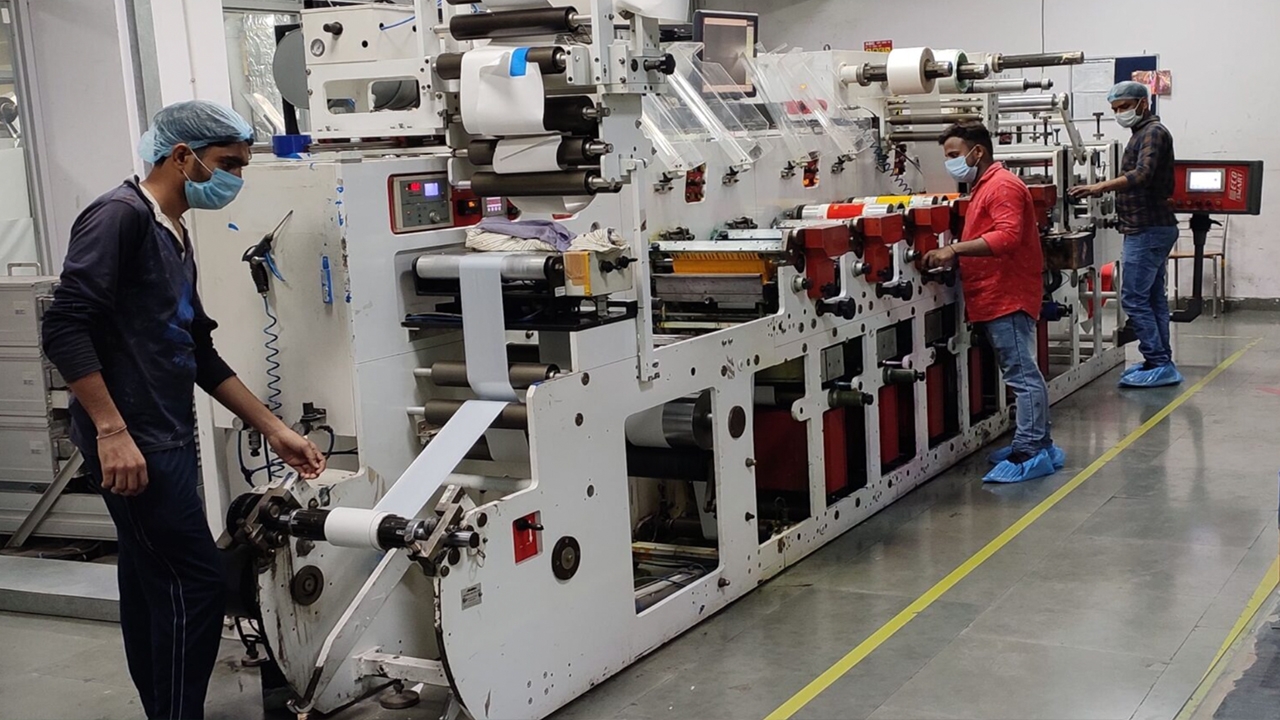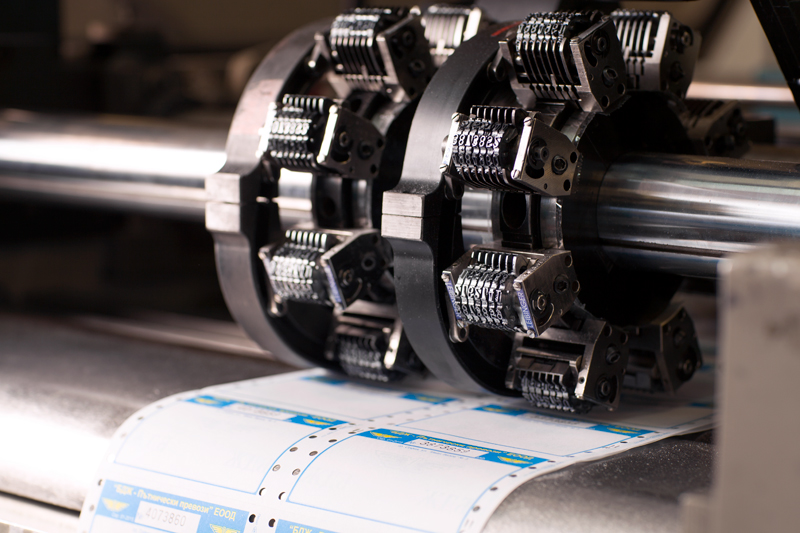In today’s global marketplace, the threat of counterfeiting is more prevalent than ever. Brands, both large and small, are increasingly recognizing the importance of implementing anti-counterfeit printing measures. The benefits of anti-counterfeit printing for brands are manifold, offering not just protection but also a range of other strategic advantages.

Understanding Anti-Counterfeit Printing
Anti-counterfeit printing involves the use of advanced technologies to create packaging and labels that are difficult to replicate. This ensures that products are genuine, safeguarding both the brand’s reputation and consumer trust. With the rise in counterfeit goods, this method has become an essential tool for businesses globally.
Key Benefits for Brands
1. Brand Protection
The primary benefit of implementing anti-counterfeit printing is brand protection. Counterfeit products can severely damage a brand’s reputation, leading to a loss of customer trust and loyalty. By ensuring the authenticity of products, brands can maintain their reputation and market position.
2. Revenue Retention
Counterfeiting results in significant revenue losses for businesses. By investing in anti-counterfeit measures, brands can protect their revenue streams. This investment not only pays off in terms of direct sales but also in maintaining long-term customer relationships.
3. Enhanced Consumer Trust
Consumers today are more informed and concerned about the authenticity of the products they purchase. By using anti-counterfeit printing, brands can assure consumers of their product’s authenticity, thereby enhancing trust and ensuring customer satisfaction.
Technological Advancements in Anti-Counterfeit Printing
1. Holographic Labels
Holographic labels are one of the most effective forms of anti-counterfeit printing. These labels are difficult to replicate and provide a visual cue to consumers about a product’s authenticity.
2. QR Codes and RFID
QR codes and RFID technology are increasingly being integrated into anti-counterfeit measures. These technologies not only help in verifying product authenticity but also provide additional information to consumers.
3. Invisible Inks
Invisible inks are used to print information that is only visible under specific conditions, making it difficult for counterfeiters to replicate. This technology adds an additional layer of security to product packaging.
Implementing Anti-Counterfeit Strategies
Implementing anti-counterfeit strategies requires a comprehensive approach. Brands need to assess their specific needs and challenges to choose the right combination of technologies.
1. Assessing Brand Vulnerability
The first step is to assess which products are most at risk of counterfeiting. This will help in determining the right anti-counterfeit measures to implement.
2. Collaborating with Experts
Working with experts in the field can provide brands with the knowledge and tools needed to effectively combat counterfeiting. This includes choosing the right printing technologies and implementing them efficiently.
Case Studies: Successful Implementation
Several brands have successfully implemented anti-counterfeit printing measures, leading to significant improvements in brand protection and consumer trust. For example, pharmaceutical companies often use serialization and holographic labels to ensure the authenticity of their products. [Learn more](https://fullcolorprintingfirm.com/pharmaceutical-serialization-compliance/,rel=’dofollow’) about pharmaceutical serialization compliance. The auto parts industry is another sector where anti-counterfeit printing has made a substantial impact. By using advanced labeling techniques, companies have managed to drastically reduce the number of counterfeit auto parts in circulation. Dive deeper into [anti-counterfeit printing for auto parts](https://fullcolorprintingfirm.com/anti-counterfeit-printing-for-auto-parts/,rel=’dofollow’).
Challenges and Solutions
While the benefits are clear, implementing anti-counterfeit printing is not without its challenges. These include the cost of technology, the need for continuous updates, and the complexity of integration.
1. Cost Considerations
While the initial investment in anti-counterfeit technologies might be high, the long-term benefits often outweigh these costs. Brands should consider the potential revenue losses due to counterfeiting when evaluating these investments.
2. Staying Updated
The fight against counterfeiting is ongoing. As counterfeiters become more sophisticated, brands need to continuously update their anti-counterfeit measures to stay ahead. This requires staying informed about the latest technologies and trends in the industry. Discover the latest in [anti-counterfeit printing for beginners](https://fullcolorprintingfirm.com/anti-counterfeit-printing-for-beginners/,rel=’dofollow’).
Global Impact of Counterfeiting
Counterfeiting is a global issue affecting all industries. From luxury goods to everyday products, counterfeit items can be found everywhere. The global economy suffers billions of dollars in losses each year due to counterfeit goods, highlighting the urgent need for anti-counterfeit printing measures.
The Future of Anti-Counterfeit Printing
The future of anti-counterfeit printing looks promising with continuous advancements in technology. From AI-driven solutions to blockchain verification, the field is evolving rapidly. To explore the potential of AI in this domain, check out the role of [AI in anti-counterfeit printing](https://fullcolorprintingfirm.com/ai-in-anti-counterfeit-printing/,rel=’dofollow’). Brands that stay at the forefront of these developments will be better positioned to protect their products and reputation.
Conclusion
The benefits of anti-counterfeit printing for brands are undeniable. By investing in these technologies, brands can safeguard their products, protect their reputation, and ensure consumer trust. As the battle against counterfeiting continues, those who adapt and innovate will thrive in the marketplace.

FAQs
1. What is anti-counterfeit printing?
Anti-counterfeit printing involves using advanced technologies to create packaging and labels that are difficult to replicate, ensuring the authenticity of products.
2. Why is anti-counterfeit printing important for brands?
It helps protect brands from revenue loss, maintains brand reputation, and ensures consumer trust by preventing counterfeit products from entering the market.
3. What technologies are used in anti-counterfeit printing?
Technologies such as holographic labels, QR codes, RFID, and invisible inks are commonly used to prevent counterfeiting.
For more information, you can visit this [informative blog](https://www.scribos.com/blog/all-you-need-to-know-about-anti-counterfeiting-labels,rel=’nofollow’) on anti-counterfeiting labels.
This article contains affiliate links. We may earn a commission at no extra cost to you.







